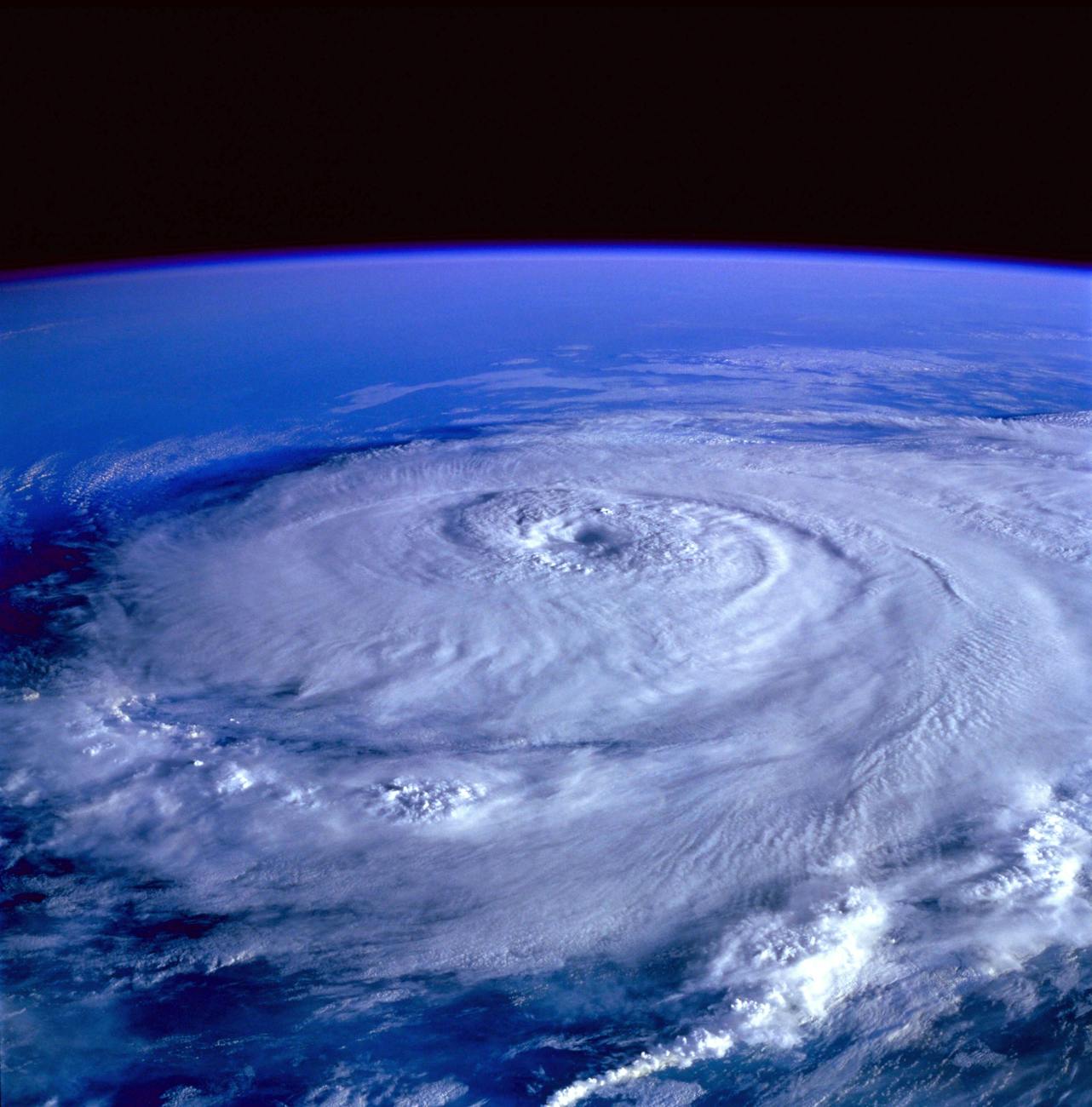As we continue to grapple with the complexities of the Earth’s climate and the consequences of global warming, recent research has shed light on a new way to measure ocean oxygen levels and their correlation with carbon dioxide during the last ice age.
This breakthrough has the potential to not only enhance our understanding of past glacial melting cycles but also improve our ability to predict the response of ocean carbon cycles to the ongoing challenges of climate change.
The Earth’s oceans are vital in regulating the planet’s climate, serving as a significant carbon sink and playing a crucial role in the exchange of gases with the atmosphere.
Understanding the historical variations in ocean oxygen levels and their interconnections with atmospheric carbon dioxide is essential for deciphering the intricate mechanisms driving past climate changes and for projecting future scenarios under the influence of human-induced global warming.
It was previously challenging to accurately measure ancient ocean oxygen levels, but a novel approach using the chemical composition of fossilized marine organisms has provided a means to overcome this limitation.
By analyzing the isotopic composition of fossilized foraminifera shells, scientists have been able to discern changes in ocean oxygen levels during the last ice age.
This innovative method has opened doors to unprecedented insights into the functioning of the Earth’s oceans in the distant past.
The significance of this newfound ability to measure ancient ocean oxygen levels cannot be overstated.
By reconstructing the historical distributions of oxygen in the Earth’s oceans, researchers can discern the intricate relationship between ocean oxygen levels and the global carbon cycle.
This knowledge is pivotal for understanding the extent to which the oceans influenced past glacial melting cycles and for refining our predictions of how ocean carbon cycles will respond as global warming continues to unfold.
With the insights garnered from this groundbreaking research, we are poised to delve deeper into the roles played by the Earth’s oceans in shaping the climate over the millennia.
Moreover, this advancement in our understanding of ancient ocean oxygen levels presents a valuable tool for refining climate models and enhancing our capacity to foresee the trajectories of the Earth’s carbon cycle as we endeavor to tackle the challenges of a warming world.
The ability to measure historic ocean oxygen levels and their connections with carbon dioxide represents a major step forward in unraveling the intricacies of the Earth’s climate.
This innovative research not only promises to illuminate the past but also equips us with invaluable knowledge to address the pressing issues of climate change.
Edited by Zeng Han-Jun
Written by Juliana Rodriguez
